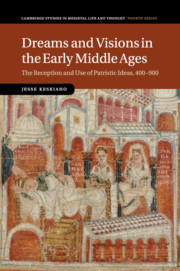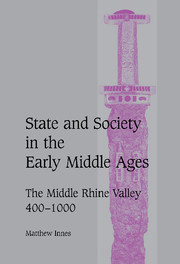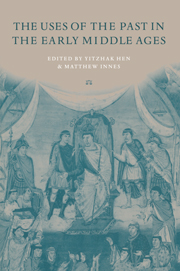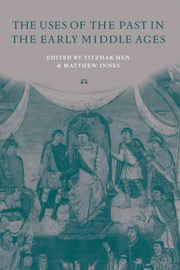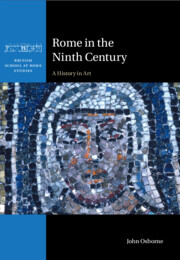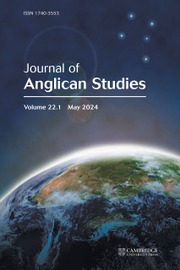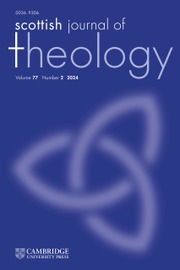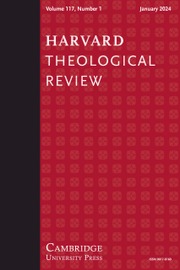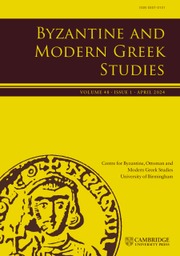Dreams and Visions in the Early Middle Ages
Dreams and visions played important roles in the Christian cultures of the early Middle Ages. But not only did tradition and authoritative texts teach that some dreams were divine: some also pointed out that this was not always the case. Exploring a broad range of narrative sources and manuscripts, Jesse Keskiaho investigates how the teachings of Augustine of Hippo and Pope Gregory the Great on dreams and visions were read and used in different contexts. Keskiaho argues that the early medieval processes of reception in a sense created patristic opinion about dreams and visions, resulting in a set of authoritative ideas that could be used both to defend and to question reports of individual visionary experiences. This book is a major contribution to discussions about the intellectual place of dreams and visions in the early Middle Ages, and underlines the creative nature of early medieval engagement with authoritative texts.
- A comprehensive overview of how dreams and visions were narrated in the early Middle Ages, and the influence of their author and intended audience
- Presents a detailed investigation of the reception of Augustine of Hippo's and Gregory the Great's ideas about dreams and visions in their manuscript contexts
- Brings together narratives and theological writings, presenting a nuanced overview of the place of dreams and visions in early medieval learned cultures
Product details
October 2018Paperback
9781107442658
339 pages
230 × 153 × 18 mm
0.52kg
Available
Table of Contents
- 1. Introduction
- 2. Dreams in hagiography and other narratives
- 3. Dreams and apparitions: patristic ideas and their reception
- 4. The epistemology of visions: the reception of Augustine on the three visiones
- Epilogue: dreams and visions in early medieval thought
- Appendix: the pre-tenth-century manuscripts of the main works discussed
- Bibliography
- Index.

